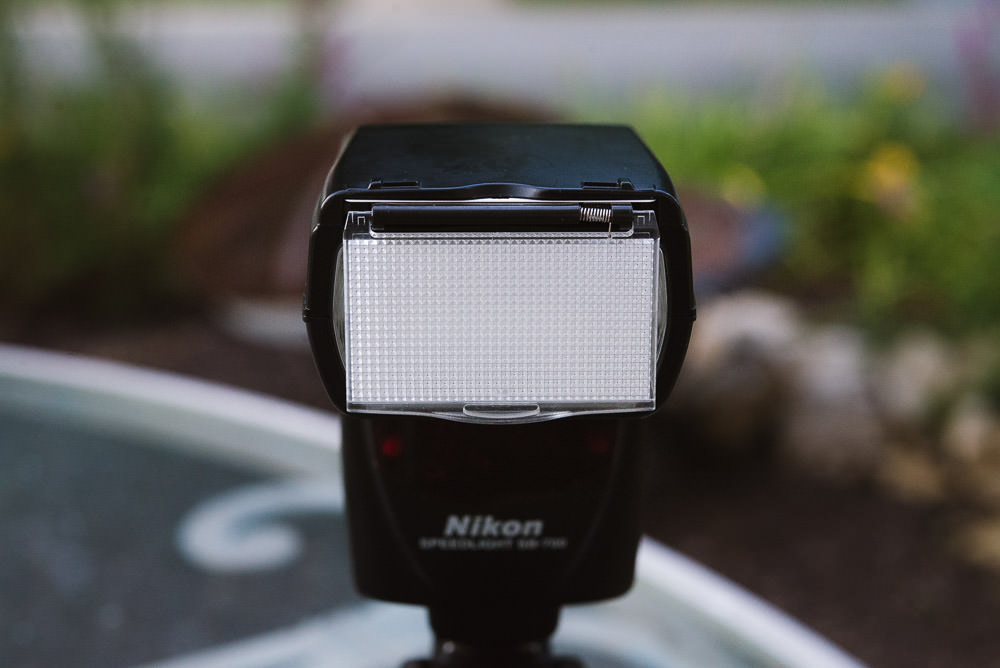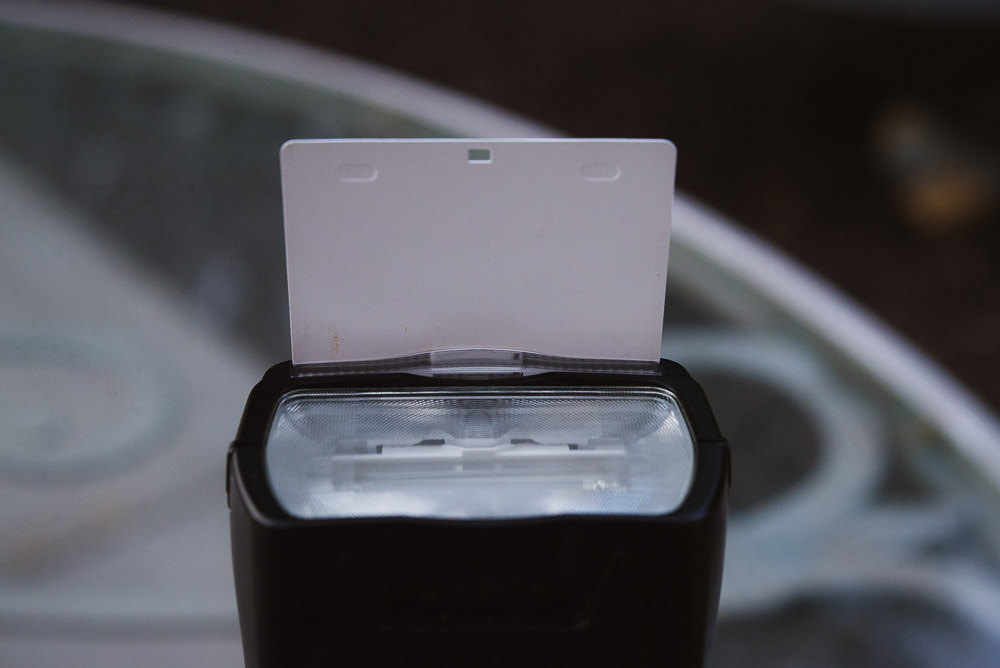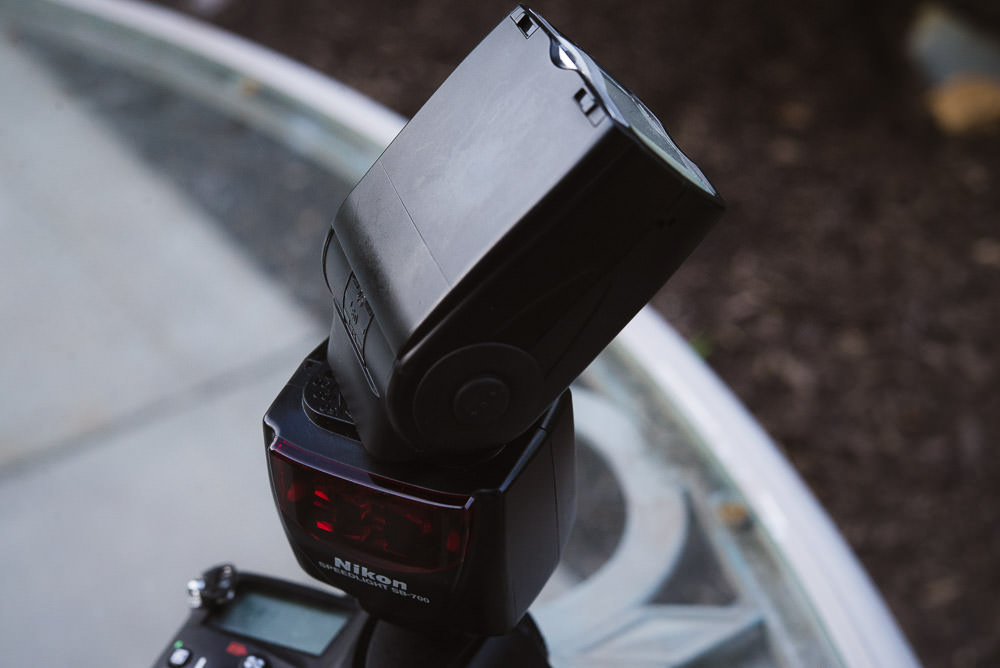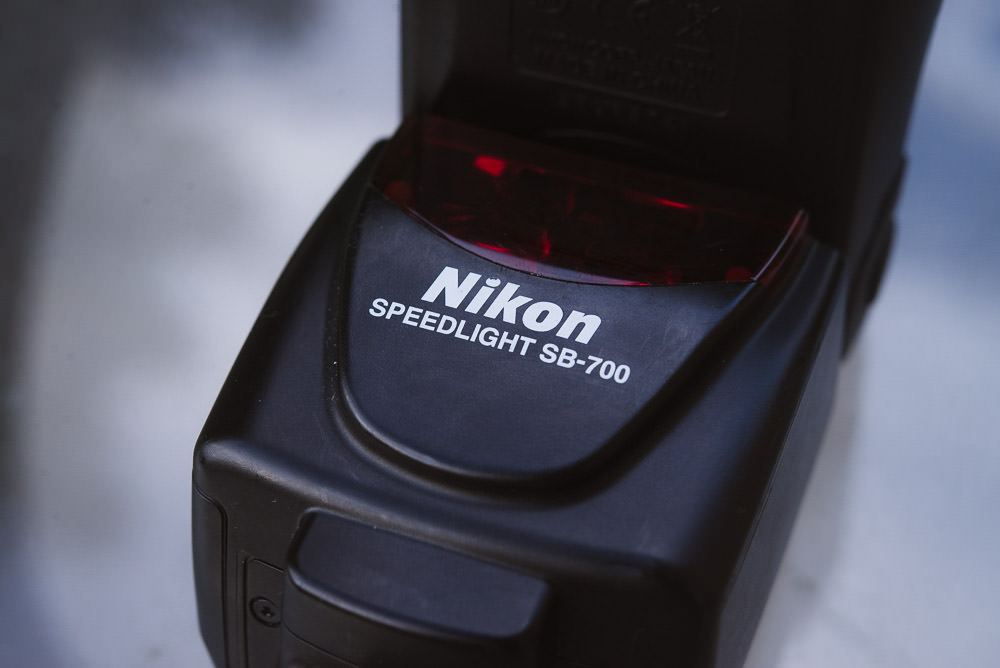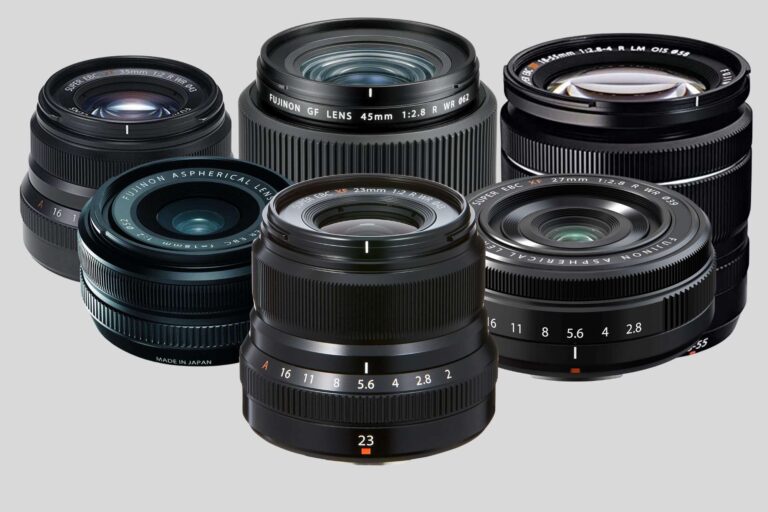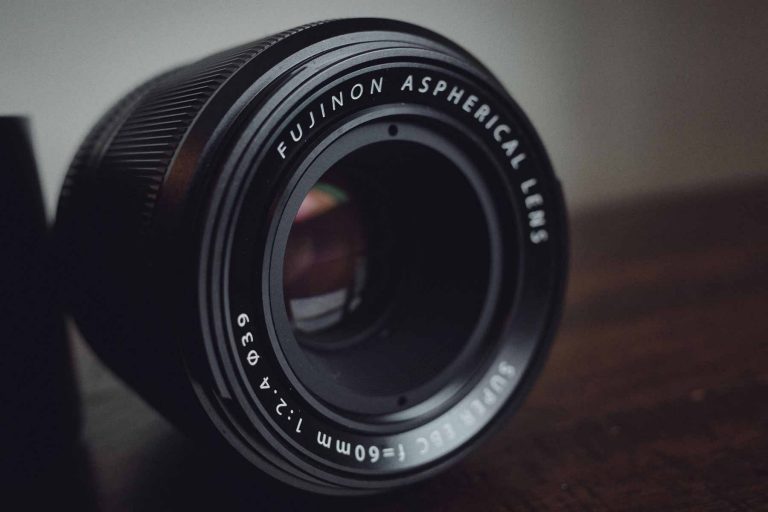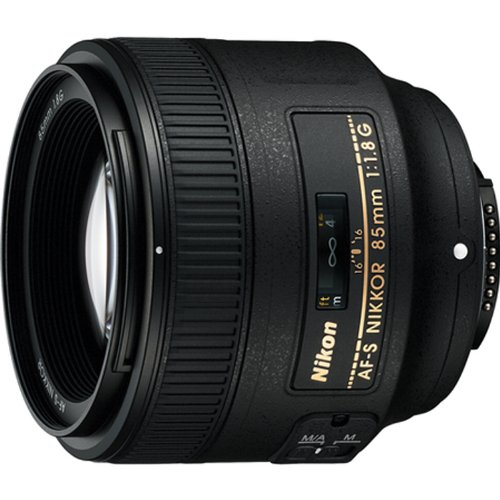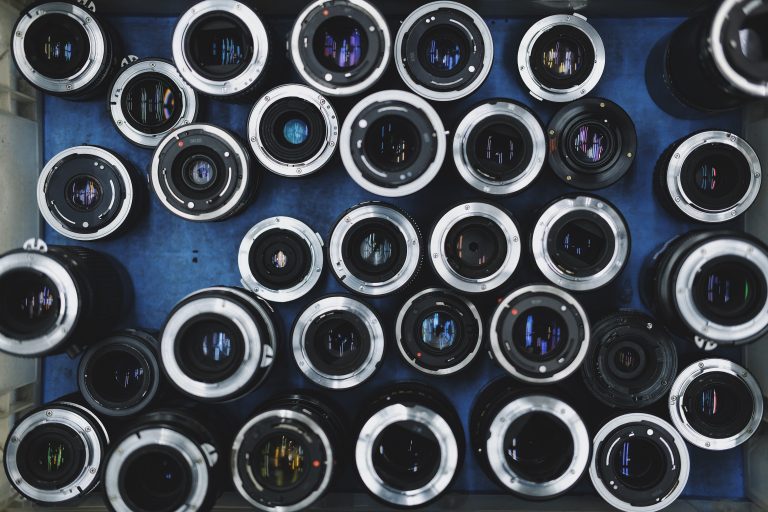Nikon SB-700 Review: A Solid Mid-Range Flash
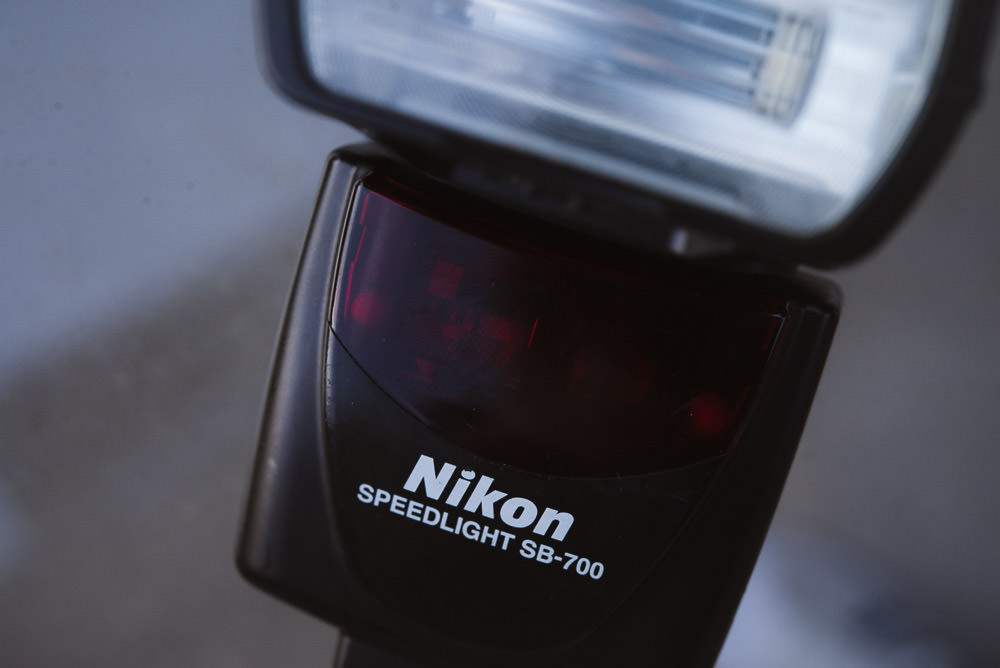
The Nikon SB-700 is Nikon’s mid-tiered flash, in terms of size, overall features, and price.
Nikon positions it as a flash for amateur photographers, but can be used professionally, albeit with maybe some added accessories.
In terms of my own assessment of this flash, overall I do like it and have gotten a ton of use out of it but I do have major gripes about it. I go over its strengths and weaknesses in this Nikon SB-700 review.
Nikon SB-700 Specs
- Commander Function
Yes
- Remote Function
Yes
- Guide Number
28 m/92 ft. (at ISO 100, 35mm zoom head position, in FX format, standard illumination pattern, 20°C/68°F) to 39 m/128 ft. (at ISO 200, 35mm zoom head position, in FX format, standard illumination pattern, 20°C/68°F)
- Electronic Construction
Automatic Insulated Gate Bipolar Transistor (IGBT) and series circuitry
- Flash Exposure Control
Distance-priority manual flash
i-TTL Balanced Fill-Flash with CLS compatible cameras
Manual Flash (with Nikon Creative Lighting System digital and 35mm SLR cameras)
- Lens Coverage
14-120mm (DX-format)
24 to 120mm (FX-Format)
- Illumination pattern
The light distribution angle is automatically adjusted to the camera’s image area in both FX and DX formats
Standard
Even
Center-weighted
- Other Available Functions
Test Firing
Monitor Pre-flashes
AF-assist illuminator
Modeling illuminator
- Bounce Function (Tilt)
Flash head tilts down to -7° or up to 90° with click-stops at -7°, 0°, 45°, 60°, 75°, 90°.
- Bounce Function (Rotate)
Flash head rotates horizontally 180° to the left and right with click-stops at 0°, 30°, 60°, 75°, 90°, 120°, 150°, 180°
- Minimum Recycling Time
2.5 sec. (approx.) with AA-size Alkaline (1.5V) batteries
2.5 sec. (approx.) with Evolta (1.5V) batteries
2.5 sec. (approx.) with NiMH (2600 mAh) batteries
2.5 sec. (approx.) with NiMH (eneloop) batteries
3.5 sec. (approx.) with Lithium (1.5V) batteries
- Flash Duration
1/1042 sec. at M1/1 (full) output
1/1136 sec. at M1/2 output
1/2857 sec. at M1/4 output
1/5714 sec. at M1/8 output
1/10000 sec. at M1/16 output
1/18182 sec. at M1/32 output
1/25000 sec. at M1/64 output
1/40000 sec. at M1/128 output
- Power ON/OFF
Rotate the power switch/wireless mode switch for multiple flash units to turn the SB-700 on or off
Standby function can also be set
- Required Power Source
Four 1.5 V alkaline AA-size batteries
Four 1.5 V lithium AA-size batteries
Four Rechargeable 1.2 V NiMH AA-size batteries
- Flash-ready Indicator
Blinks: insufficient flash output for correct exposure (in i-TTL or distance-priority manual flash mode)
Lights up: recycled and ready to fire.
- Ready Light
Front
Back
- Flash Compensation
-3.0 EV to +3.0 EV in increments of 1/3 EV steps in i-TTL mode
- Custom Setting
AF-Assist Illumination
Color Filters
Flash Compensation Steps in Manual Flash Mode
FX/DX Format Selection
LCD Panel Contrast
Remote Flash Unit Settings
Reset Custom Setting
Sound Monitor
Standby function
Unit or Measuring Distance
Version of Firmware
- Minimum Number of Flashes / Recycling Time
160/2.5–30 sec. (1.5V AA Alkaline)
230/2.5–30 sec. (1.5V Evolta)
260/2.5–30 sec. (2600 mAh NiMH)
230/2.5–30 sec. (Ni-MH (eneloop))
330/3.5–30 sec. (1.5V Lithium)
- Wireless Flash Modes
Master
Quick Wireless Mode: A:B
Off
Remote
SU-4
- Wireless Communication Channels
Four: 1, 2, 3 and 4 Channels
- Wireless Groups
Two: A, B
- Other Functions
Firmware update
Thermal cut-out
- Dimensions
2.8 x 5.0 x 4.1 in. (71.0 x 126.0 x 104.5 mm) (Approx.)
- Weight (Approx. without batteries)
12.7 oz. (360 g)
Flash Power Output
The Nikon SB-700 flash has a guide number of 28 meters, or 92 feet when set to ISO 100, 35mm zoom head position, and shot in full-frame format. This basically means that anything within that distance will be illuminated before significant falloff occurs.
I’ve found that this is a reasonable amount of power for a flash of this size. It has slightly less power than the SB-910 (by about a third of a stop) and even has a bit less power than the SB-600, the flash that the SB-700 replaced.
Regardless, the Nikon SB-700 still has plenty of power for a mobile hot shoe flash, and while having less power wouldn’t really ever be considered a good thing, it does result in other benefits. Namely, faster recycle times and less issues with the flash unit overheating from repeated use.
In my experience this flash has provided more than enough power in indoor settings when I use it for portraits. The main use I have it for is wedding photography, reserved mostly for dance floor and reception shots. It does a great job as an on-camera flash bouncing into the ceiling or walls or on a monopod being carried by an assistant. But in the larger and darker venues it could be improved by a boost in power at times.
Nikon’s Creative Lighting System
The Nikon SB-700 is equipped with Nikon’s Creative Lighting System (CLS), which enables Nikon devices to communicate with each other. This allows them to do things like fire a flash remotely or get proper exposures.
The SB-700 can be used as a commander to fire an unlimited number of Nikon speed lights, as long as they have CLS functionality. Speed light slaves are unlimited but are limited to two groups.
That brings us to the next relevant point:
TTL Mode
The vast majority of the time, if I’m using flash, I prefer to dial everything in manually so I know exactly what I’m getting and it’s consistent.
There are times, however, when using TTL just makes sense, for various reasons.
If you haven’t heard of TTL before, it stands for Through The Lens and means that the camera takes a meter reading through the lens and the flash emits a flash of light in strength according to the meter reading taken.
It’s not necessary to utilize the SB-700’s TTL capability. Some flashes are completely manual and you can get by just fine without it.
It is nice to have TTL as an option though sometimes. Sometimes you may find yourself in a tricky lighting situation in which you can’t get the proper exposure. In a situation like this, you can use TTL for your exposures. Or you can even use TTL as a baseline exposure for your flash settings – you can take a picture in TTL mode, then go back and look at the data to see what flash power it was shot at and then adjust from there to dial it in to how you want it.
TTL is also great for lighting conditions that change frequently. If you’re in a setting where the light is going to pretty much be consistent from shot to shot and from different angles, then I prefer shooting in manual because that way I get the light dialed in just the way I want it and it stays consistent. But I don’t want to be fiddling with settings constantly so in those cases in which the lighting wouldn’t be consistent if you left the flash power as is, TTL works great.
A trick that took me a while to figure out is using TTL in conjunction with a long focal length and bouncing the flash laterally off a nearby wall. This is something I do when photographing weddings or events. This creates a really beautiful soft light.
It’s really hard to gauge what flash power to use in these situations, and TTL does a good job of getting exposures. Keep in mind the effect of using this technique only works when using a longer focal length lens; use a 35mm and wider and you get extreme falloff on the side of the frame opposite to which you bounced the flash.
Let’s not forget that we all get lazy from time to time too – and TTL can get us an approximate, if not perfect exposure. It’s also nice being able to use TTL with exposure compensation. If you take an exposure with TTL and it’s off by a third stop or whatever, you can compensate for that by using the exposure compensation controls on the camera.
Shutter Speed Limitations
Due to this being a flash made for use with DSLR cameras, you will be limited in shutter speed, with a maximum of 1/200s. This is a pretty big disadvantage compared to what you can do with mirrorless cameras.
Because mirrorless cameras usually have electronic leaf shutters, they are compatible with flashes up to much faster shutter speeds. Most Nikon DSLRs will be limited to shooting at 1/200s with high-speed sync enabled, but some cameras can go up to 1/320s.
Exposures taken at shutter speed values faster than this will result in unusable photos with black bands across a side of the frame.
Interface
The Nikon SB-700 has a decent enough interface, one which is a slight improvement over the SB-600 in my opinion. The difference as far as I can tell is minor, just that in this version the screen is slightly larger and everything is slightly more legible.
At the top left of the screen the unit displays which mode it’s in and under that it displays the flash power. 1/1 being the strongest and 1/128th being the weakest.
In the bottom left corner you have a display showing you the degree that the flash beam is set to. This is adjustable and allows you to constrict or expand the beam of light that comes out of the flash. If you’re using a 35mm lens it’s a good idea to have the flash set accordingly to 35mm, but is just a general guideline and you can use any of the flash zoom settings to get the look you’re after.
On the left side of the display there’s a temperature gauge. It’s good to have a visual of where the flash is at in terms of temperature but at the same time the flash has an automatic shutoff function to keep the flash from overheating so the flash is going to protect itself whether you want it to or not.
Temperature Regulation/Thermal Protection Mode
One of the cons of the more expensive SB-900 flash that came out before the SB-700 was that it had a notoriously sensitive barrier to getting to the point where the flash would turn off to protect itself from overheating. This meant that the flash would just turn itself off after reaching a certain temperature threshold and you were left with a big and heavy flash just weighing down your already heavy DSLR setup.
Nikon did come out with a firmware update to address this to make it so that there would be a higher threshold for the flash to get to the point of shutting off. You could also disable the flash from shutting itself off altogether, but then you run the risk of burning out your flash.
And considering the fact that catching your clients’ wedding venue on fire is probably not the best tactic for acquiring new customers in the future, it’s probably best to keep your flash intact and not blowing up or catching on fire.
While it can be annoying when the SB-700 doesn’t fire as its temperature is regulated to keep it from overheating, I’ll take that if the alternative is having the flash destroy itself. I do however find it to be a problem at times, mostly during wedding receptions while shooting on the dancefloor. In these situations I’m often firing my flash continuously and being hampered by a flash overheating is a huge hindrance.
I’ve missed potentially great shots because of this. I certainly don’t have all the answers but it seems to me technology needs to be developed to drastically reduce the heating of flash units or a new type of light should be used in hot shoe flashes.
Commander Mode
The Nikon SB-700 is able to act as a commander and make other flashes fire. This is the cheapest and most basic way to fire multiple flashes.
Once you get more experienced with using multiple flashes in a studio setting, most photographers move up to shooting with more reliable radio-based flash triggers, but having a commander mode is good and almost necessary for a couple reasons.
Shooting in commander mode is a good way to get your feet wet in off-camera flash. You don’t need any extra expensive equipment and it’s easy – you just make sure your commander flash unit is communicating with the other flashes you have set up and fire away.
It’s also a good backup to have if anything should go wrong (and stuff always seems to go wrong) with any other off-camera flash setup you use, whether it’s wired or you’re using radio triggers.
Recycle Time
The Nikon SB-700 has a 2.5 second recycle time, a one-second improvement over the SB-600. 2.5 seconds isn’t a bad recycle time, but I’d like to see that improved in future Nikon flashes.
It’s never a problem in controlled situations; you always have time to wait a moment for a flash to recycle when you’re shooting in a studio. But when it becomes an issue for me is at wedding receptions when I might want to fire off several consecutive exposures. In those cases it can border on too slow. I can also see it potentially being a slight hindrance for concert photographers as well.
Built-in Diffuser
The Nikon SB-700 comes with a semi-clear plastic diffuser built into the unit. Honestly, I never use these things and don’t think they really do anything other than decrease the power of the flash when used. I really don’t see the need for manufacturers to include these things.
Bounce Card
One included feature that I do find useful is the little white bounce card tucked into the flash head that you can pull in and out. This is the type of thing that I use only in emergency situations but it’s very good to have there.
I find myself in this situation quite a bit when shooting weddings:
I’m at an outdoor reception with no walls or ceilings to bounce light off of on a night that I don’t have an assistant with me to carry an off-camera flash stick for me. What do you do in that situation, just shoot direct flash into your poor, unsuspecting subjects who paid you thousands of dollars to shoot their wedding?
What I do just keep my flash pointed directly up like you would if you were bouncing off a ceiling but also with this little bounce card pulled out. The bounce card keeps light from spreading behind the flash and directs it slightly forward.
This technique is by no means perfect but it makes for far softer light that you would get if you just directed the flash head straight forward.
Build Quality
The SB-700 feels very solidly constructed, no complaints in this department. Even the battery door which seems could be a weak point on hot shoe flashes feels plenty strong and secure.
Size/Weight
The SB-700 weighs 12.7 ounces, or just around .8 pounds. The dimensions are 2.8 x 5.0 x 4.1 inches.
While that may not sound substantial on paper, make no mistake about it, this is a bulky size and weight for an accessory you put on top of your camera. DSLRs are already big and heavy, which becomes more noticeable after a long day of having it around your neck/shoulder, and adding a flash of this size and weight adds considerably to that burden.
With DSLRs the size and weight issue really does just come with the territory and you just have to deal with it. The best you can really do is make sure you have a comfortable strap and take your camera from off your shoulders periodically if you’re shooting for an entire day.
While it would be nice to have this flash be more compact and lighter, reducing it in size would probably mean a reduction in flash power as well.
Camera Compatibility
As long as you have a somewhat recent Nikon camera, the Nikon SB-700 will be compatible with it. But it is not compatible with all camera bodies, so it’s worth taking a look to see if it’s compatible with yours before buying it. Nikon has a page with all their cameras compatible with the SB-700 here.
Bouncing Flash/Directional Lighting
The great thing about hot shoe flashes like this Nikon is that it allows you to get directional lighting by either
- Positioning the flash head up or angled to bounce the light off a ceiling or wall
Or
- Getting the flash or multiple flashes off the camera entirely
Number 2 is preferable whenever possible but both are significant improvements over using direct, straight-on flash like you would with a camera’s built-in flash. Using flash like that results in washed-out colors that are generally unflattering for your subjects. (Although there are always exceptions to the rule.)
Getting your flash completely off-camera works so well because it allows you to get a much more flattering directional light. It works great for dancefloor shots at wedding receptions if you have an assistant hold a hot shoe flash on a monopod at a 45 degree angle from you.
Tilting the flash head and bouncing the light into a ceiling or walls is the next best thing and can produce great results as well. When bouncing flash you’re essentially turning the surface you’re bouncing off of into a big soft box. This spreads the light out, making the light source larger, which gives you a softer light and more flattering look.
To do that with the SB-700, you’ll need additional radio triggers.
No PC Sync Port
The biggest gripe I have about the Nikon SB-700 is the lack of sync port for use with radio triggers like standard Pocket Wizards. So if you want to get this flash off-camera, you either need to buy an additional adapter, or what Nikon would prefer, you buy their more expensive SB-900.
This is just such an obvious decision by Nikon to keep the SB-900 as their “professional” flash model and anything under it “amateur”… because pros need the sync port, right? In my opinion, Nikon is withholding adding a very simple port so that the photographers who need it are forced into shelling out a couple hundred bucks more for the pro model.
It would be easy to add a port to the SB-700, but that wasn’t part of Nikon’s strategy with this product apparently. Meanwhile, there are third party manufacturers with flashes that have the port and are a third of the price (although you may find yourself with a dud as their quality control is hit or miss).
While there are several workarounds to the issue of the SB-700 not having a port that it should have, they’re just a hassle that you shouldn’t have to go through.
Pros:
- Plenty of flash power
- Sturdy build quality
- Light bouncing opportunities from positioning flash head
- Can use it off-camera for directional light
- Commander Mode
- Works with Nikon’s Creative Lighting System
- Good system in place to avoid overheating
Cons:
- Overpriced
- Recycle time could be faster
- No sync port
- Big
- Heavy
The Bottom Line
The Nikon SB-700 is a solid, dependable flash. I do recommend it but I think there are many third party options out there that suit a lot of photographer’s needs just as well as this flash. The only issue with going third party for a flash is their lack of quality control and they usually don’t have very good warranties.
At the end of the day, a flash is a very simple tool—all any flash really does is provide you with a quick flash of bright light. The Nikon SB-700 certainly does do that but I’d say this is a very expensive flash considering the features that Nikon left out of it.
I hope you got something out of this Nikon SB-700 review and it helps with your buying decision.
Here are some more Nikon gear reviews we’ve done that you might be interested in:
- Nikon 24-70mm f/2.8G ED Review
- Nikon 35mm f2D Review
- Nikon 50mm 1.8G Review
- Nikon 60mm Macro 2.8 G Review
- Nikon 85mm 1.8 G Review
- Nikon 70-200mm VR II Review
- Best Nikon Lenses for Weddings
- Best Nikon Portrait Lenses
- Best Nikon DX Lenses
- Best Nikon Lenses for Landscape Photography
- Best Lenses for Nikon D750
- Nikon Photography Hashtags


